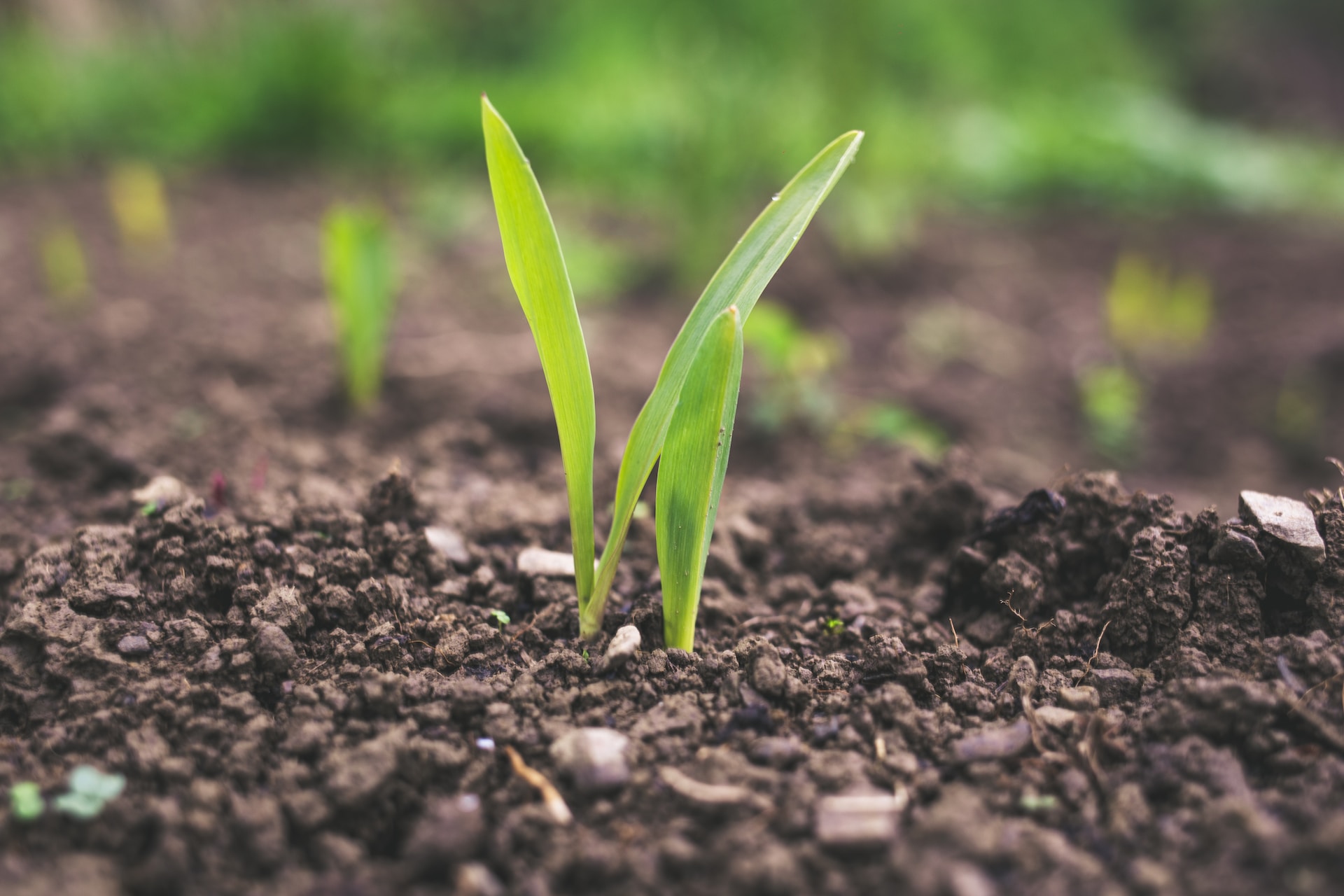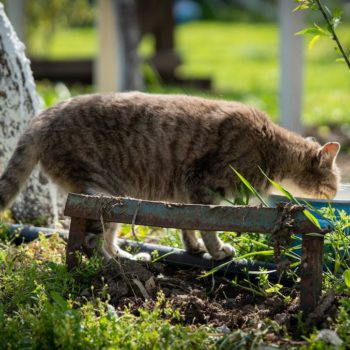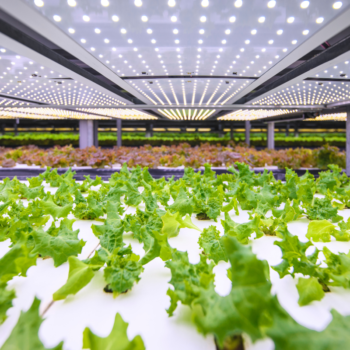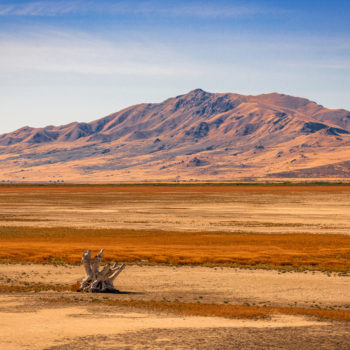|
|
In the midst of a rapidly evolving world, the concept of sustainability has sparked interest like never before. More and more people are looking for opportunities to contribute positively to the environment by adopting sustainable practices. One such avenue leads through sustainable farming — a practice that combines innovative techniques with respect for nature to produce healthy food for today and future generations.
Today, sustainable farming is not merely a trendy buzzword. Instead, it signifies a holistic approach to agriculture that focuses on conserving resources, preserving the ecosystem, and supporting local communities. It incorporates various elements, from meticulous planning to precise implementation, all striving toward creating a more balanced, resilient agricultural system.
In this article, you’ll find information on how to start your own sustainable farm. Below, we explain all the necessary steps from initial planning to effective implementation. Continue reading to embark on your own green journey that promises not only personal satisfaction but also contributes to global well-being.
Key Takeaways
- Sustainable farming prioritizes ecological health, economic profitability, and social equity for long-term sustainability.
- Assessing the land by considering soil health, biodiversity, and resource accessibility is vital.
- Choosing crops and livestock should consider ecological balance, local adaptation, and market demand.
- The transition to organic farming techniques focuses on soil health, biodiversity, and water conservation.
- Building a farm community and understanding legal aspects help ensure economic sustainability and compliance.
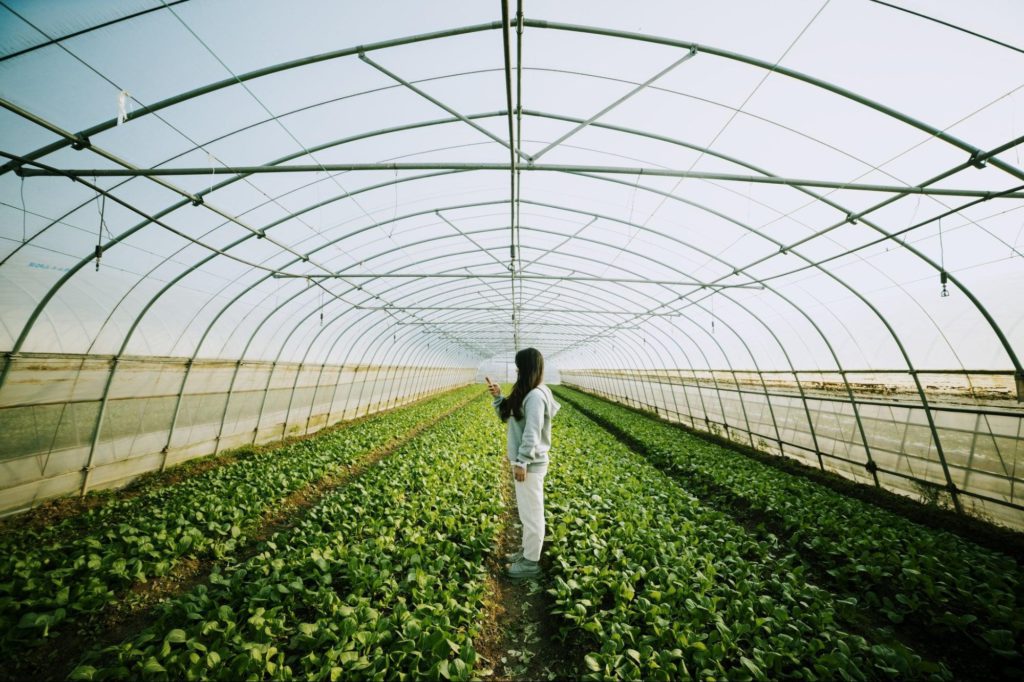
Understanding the Concept of Sustainable Farming
Sustainable farming is an approach that goes beyond the conventional, focusing on producing nutritious food while minimizing environmental impact. At its core, it emphasizes the importance of a symbiotic relationship between humans and nature, striving for a balance that caters to our needs without compromising the health of our planet.
In practical terms, sustainable farming means adopting practices that preserve soil health, enhance biodiversity, and reduce the usage of non-renewable resources. It encourages natural pest control methods, water conservation strategies, and crop rotations to maintain the ecosystem’s vitality.
It is essential to understand that sustainable farming is not about short-term gains but rather long-term sustainability. It’s all about sowing seeds today for a bountiful harvest in the years to come.
Sustainable farming also means reducing meat production and consumption
Sustainable farming also considers the social aspect of agriculture. It emphasizes fair trade practices, ensuring farmers receive a just wage for their labor. It also promotes local economies by encouraging the consumption of local produce, thus reducing carbon footprints associated with long-distance transportation of goods.
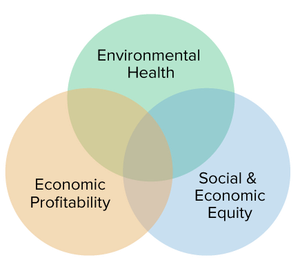
In essence, understanding sustainable farming is interwoven with recognizing its three pillars — ecological health, economic profitability, and social equity. When we appreciate this interconnectedness, we can truly embark on a journey toward sustainable agriculture.
Assessing Your Land’s Potential for Sustainable Farming
An integral part of starting a sustainable farm is evaluating the potential of your land. This involves a deep understanding of the natural resources at your disposal and how best to incorporate them into your farming practices.
A good way to kickstart this process is to take a thorough account of the physical characteristics of your property, from its topography and climate to its soil composition and accessibility to water sources.
Performing a detailed soil analysis is crucial as it reveals the nutrient profile, pH level, and structure of your soil. This information will guide decisions about which crops to grow and what amendments might be necessary to enhance soil health. For instance, the ideal pH range for growing fruits and vegetables is 6.0 – 7.0. However, certain plants, such as blueberries, are an exception to this rule since they thrive in acidic conditions.
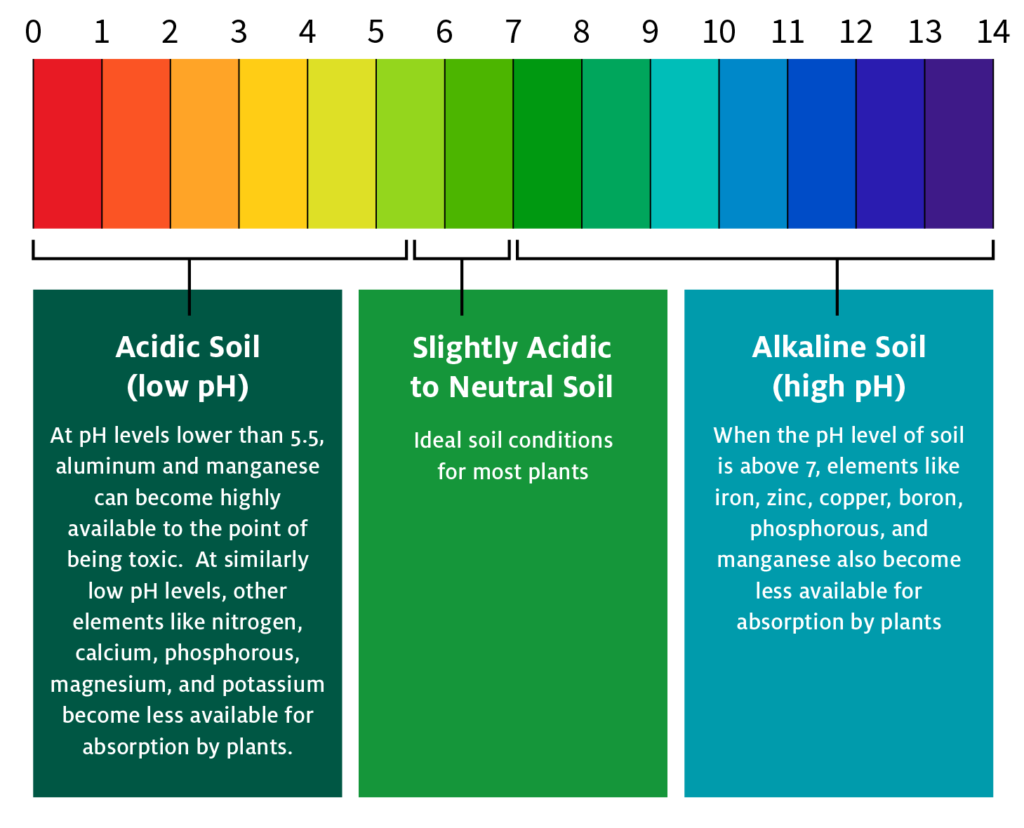
Remember that healthy soil is fundamental to sustainable farming, serving as the foundation for robust crop growth while simultaneously aiding in carbon sequestration.
It’s also important to examine the existing ecosystem on your land. Identify native plants and animal species, as they can provide valuable insights into your farm’s ecological balance. For example, barn owls, Bats, raccoons, skunks, owls, coyotes, and snakes can act as natural pest controllers, reducing the need for synthetic pesticides.
Moreover, consider any limitations your land might have — such as susceptibility to erosion or flooding — and brainstorm ways to circumvent these challenges sustainably. It may involve implementing techniques like contour plowing or creating buffer zones around water bodies.
Choosing Appropriate Crops and Livestock
The selection of crops and livestock plays a vital role in shaping your farm’s sustainability. This decision should be guided by the specific characteristics of your land, local climatic conditions, and market demand. Ideally, you should aim for a diverse mix of crops and livestock that complement each other, creating an integrated farming system that mimics natural ecosystems.
When choosing crops, consider their compatibility with the soil type and climate of your area. Opting for native or locally adapted varieties can improve resilience against pests and diseases while reducing the need for external inputs like synthetic fertilizers or pesticides. Also, consider implementing crop rotation and intercropping strategies to enhance soil fertility and manage pests naturally.
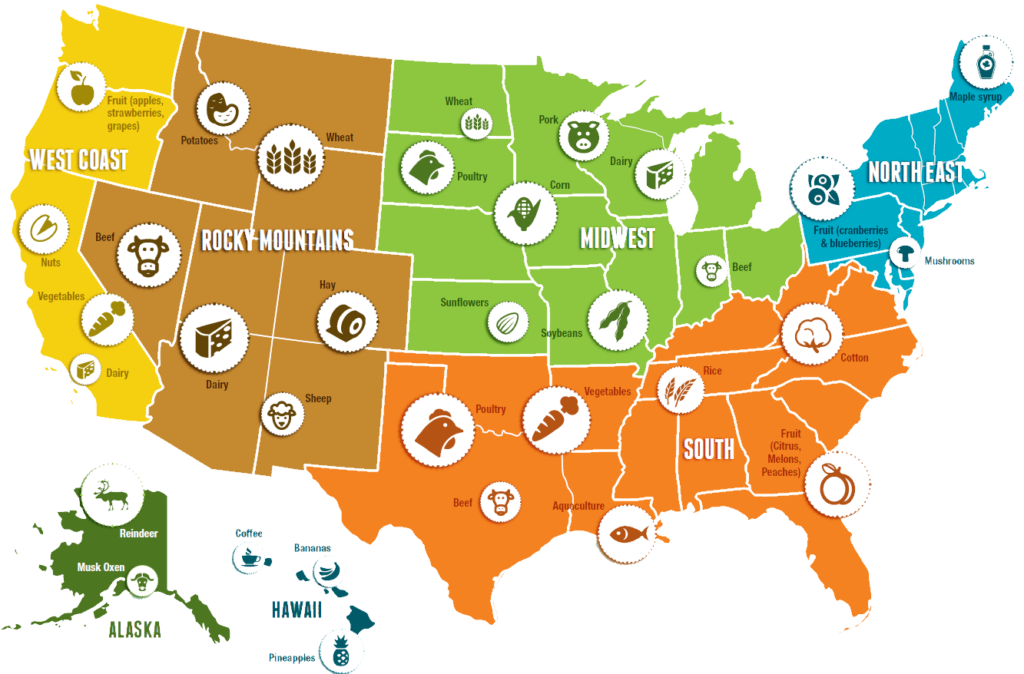
For selecting livestock, consider breeds that are well-suited to your farm’s environmental conditions and available resources. Heritage breeds often prove more resilient as they are genetically diverse and typically adapted to less intensive farming environments. An integrated crop-livestock system is beneficial as it promotes nutrient cycling — animal waste provides organic matter for crops, which in turn becomes feed for the animals.
Additionally, pay attention to market trends. Growing high-demand varieties or rearing popular breeds ensures economic viability. However, avoid monoculture or single-species farming as it increases vulnerability to pest outbreaks or market fluctuations.
Remember, diversity is key in sustainable farming as it not only enhances productivity but also buffers against unforeseen challenges. Therefore, choosing appropriate crops and livestock involves a judicious blend of ecological understanding, economic savvy, and a dash of creativity.
Implementing Organic Farming Techniques
Transitioning to organic farming techniques is a cornerstone of sustainable agriculture. These methods base on nature’s wisdom, prioritizing soil health and ecological balance over short-term yield maximization. While the specifics may vary based on your farm’s unique context, some fundamental practices can guide this transition.
One of the most important things is to focus on building soil health. Even if you plant your blueberry bushes in perfectly acidic soil, they won’t grow if it doesn’t have the moisture and nutrients needed to thrive.
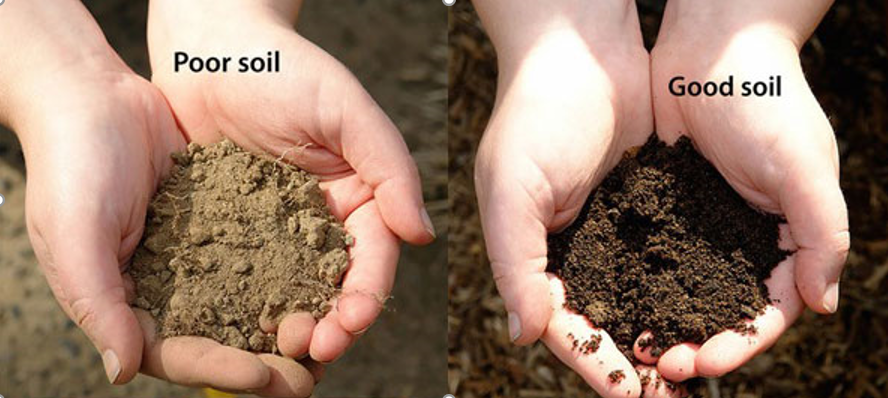
Healthy soil teems with beneficial microorganisms that aid nutrient cycling, enhance plant resilience, and sequester carbon. Organic matter amendments like compost or green manure can nourish the soil, while cover cropping can prevent erosion and suppress weeds. Regularly monitor your soil’s health through testing and adjust your practices accordingly.
It’s also essential to promote biodiversity on your farm. A diverse farm ecosystem is more resilient to pests, diseases, and climate shocks. Incorporate a variety of crops and livestock, encourage beneficial insects by planting insectary plants, and create habitats for wildlife like birds or bats that can naturally control pests.
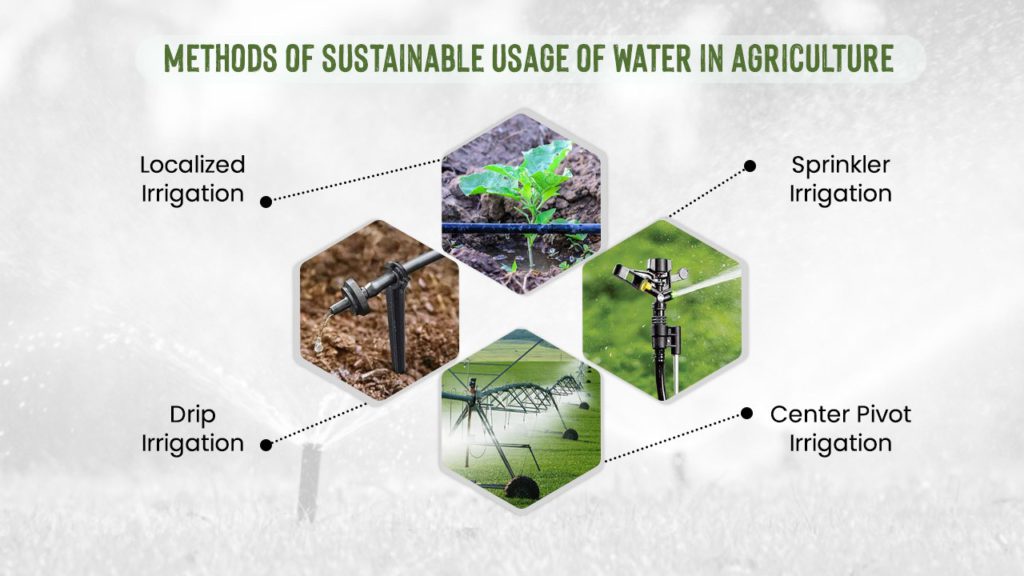
Water conservation is another crucial aspect of organic farming. Employ efficient irrigation systems like drip or sprinkler irrigation, harvest rainwater, and use mulching to reduce evaporation. Also, protect water quality by preventing runoff from your farm into nearby water bodies.
Finally, manage pests and diseases naturally. Rotate crops to break pest cycles, use physical barriers or traps, and introduce biological controls like predatory insects or bacteria. If necessary, use approved organic pesticides judiciously.
Remember that adopting organic farming techniques is not an overnight process but rather a journey of continual learning and adaptation. Stay open-minded, experiment with different strategies, learn from successes and failures and connect with other organic farmers for support and inspiration.
Building a Community Around Your Farm
A sustainable farm is not an island but an integral part of a larger community. Building a strong network around your farm can provide economic sustainability, foster local food security, and promote collective environmental stewardship.
Don’t shy away from establishing connections with local farmers’ markets, food cooperatives, and restaurants. They can provide outlets for your produce while you offer them fresh, locally-grown food. Participating in Community Supported Agriculture (CSA) programs can also provide a steady income source, allowing consumers to buy seasonal produce directly from your farm.
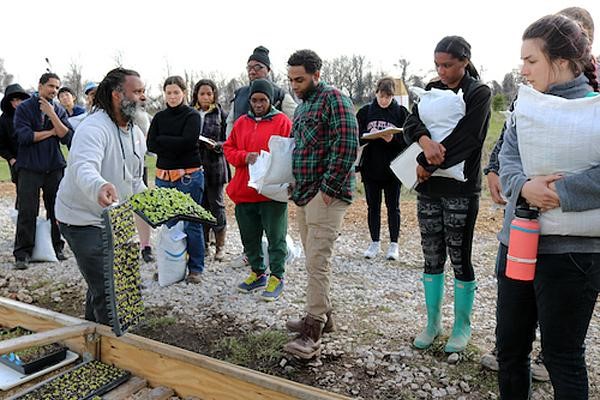
If you consider yourself to be an outgoing person, consider hosting events on your farm — from workshops on organic gardening to farm-to-table dinners. These activities can educate the public about sustainable farming, build relationships with customers, and generate additional income. Farm tours can be especially impactful for children, sowing seeds of environmental consciousness in younger generations.
You can also engage with other local farmers. Sharing knowledge and resources can lead to collective problem-solving and innovation. Join or form farmer alliances or cooperatives to advocate for policies supporting sustainable agriculture.
Online platforms can also play a role in building your farm community. Regularly update a blog or social media account detailing life on your farm — the challenges, triumphs, and everyday moments. This transparency can foster consumer trust and admiration for your work.
Navigating Legal Aspects and Regulations
While sustainable farming primarily deals with ecological harmony and community building, it’s crucial not to overlook the legal landscape that accompanies this venture. Navigating through the abundance of agricultural regulations and laws can seem daunting, but understanding these rules upfront can save you from potential pitfalls down the line.
Begin by familiarizing yourself with zoning laws in your area. These rules dictate how the land can be used and can affect various aspects of your farm, from livestock rearing to on-farm sales. If you’re planning on organic certification, familiarize yourself with the standards set by certifying bodies like the United States Department of Agriculture (USDA). Compliance with these rules is essential for maintaining your organic status.
Water rights are another crucial legal aspect to consider. Regulations about water use for irrigation vary widely depending on location, so it’s important to understand your rights and responsibilities related to water usage. Similarly, if your farm operation involves any construction or alteration of water bodies, be aware of permits required under the Clean Water Act or similar state-based regulations.
Animal welfare laws should also be on your radar if you plan to raise livestock. These regulations ensure animal welfare and may cover areas like housing, feed, veterinary care, and transportation.
In addition to these specific areas, general business laws around taxation, labor, insurance, and record-keeping also apply to farms. Consult with legal experts or agricultural extension services for guidance tailored to your specific situation.
While legal matters may seem complex and tedious, they are an integral part of running a sustainable farm. Compliance not only keeps your farm operations legally sound but also contributes to the credibility and trustworthiness of your enterprise.
Final Thoughts
Embarking on a journey of sustainable farming is an impactful step toward fostering environmental well-being and community health. A successful sustainable farm integrates ecological respect with careful planning, selection of compatible crops and livestock, organic farming techniques, community engagement, and legal comprehension.
Despite its challenges, this journey is highly rewarding, offering personal satisfaction, economic stability, and a meaningful contribution to global well-being. Cultivate patience and perseverance, remember to embrace diversity, and maintain a symbiotic relationship with nature, and you’ll be well-equipped to navigate the field of sustainable farming.
